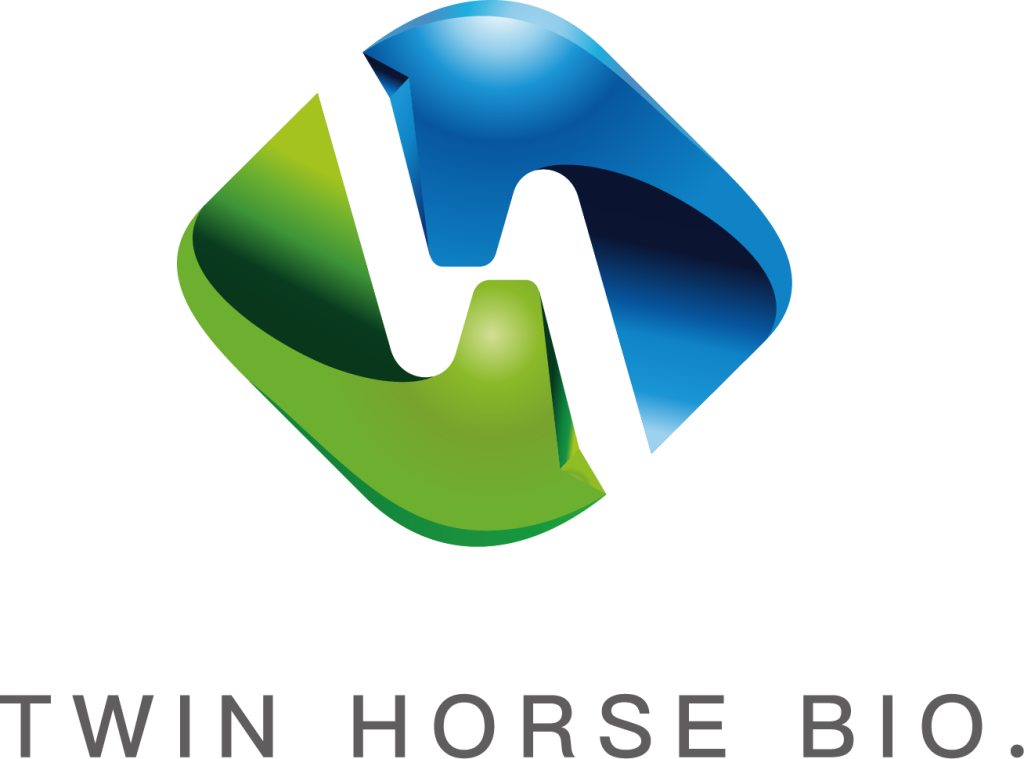When picking organic red yeast rice, start by checking for GB 1886.234-2023 certification and verifying the filing number and customs quarantine documents—this ensures authenticity. Next, make sure the strain is under 3 generations old, as tea waste-based mediums boost activity by 22%. Always review the lab report: Monacolin K should be ≥0.3%, and the microbial count shouldn’t exceed 300CFU per cubic meter. For fermentation, hit 72℃±0.3℃ and aim for a chroma level of at least 250U/g. Finally, prioritize brands with blockchain traceability—this lets you check sterilization timestamps and strain generations in real-time. Skip vague labels and stick to these steps to avoid counterfeit products.
Table of Contents
ToggleCertified Organic Blue Label
The Yongchun Qufang incident from last year remains fresh—when a sterilization pot’s pressure gauge jammed at 0.15MPa, workers misjudged completion and started fermentation. The entire 180-ton glutinous rice batch got contaminated with thermotolerant Bacillus, turning into black sludge with 870,000±5% yuan losses. Veteran masters shake their sticky rice grains: “In organic-certified workshops, pressure sensors get calibrated monthly—no exceptions!”
Current “organic” red yeast rice labels hide six out of ten word games. Genuine Blue Label certifications demand:
- Strains must originate from organic paddy fields using brown rice, banning chemical leaching mediums
- Fermentation rooms ≤300CFU/m³ airborne microbes (standard workshops allow 2000CFU)
- Drying steam must pass triple activated carbon filters to prevent heavy metal migration
Last month verified a Zhejiang client’s “organic” shipment. UV light revealed mismatched traceability numbers vs CFDFRI database. Worse—lab tests detected gentamicin residues in mycelia, exposing non-organic spore preservation.
“Like wine’s AOC certification, organic blue labels must QR-code back to batch records. The revised GB 1886.234 standard now mandates strain generation archives.”
—15-year Red Yeast Expert (2024.06)
True organic shows ±50U/g chroma stability vs industrial ±150U/g. FAMU trials show organic strains maintain 72-75% translucency—unreachable by chemical methods. Beware “EU dual-certified” claims lacking customs proof. Genuine imports show matching Monacolin K levels (±0.2% tolerance). Qingdao customs rejected 23 tons in 2023 due to 210U/g JAS-certified vs actual chroma gap.
Pro tip: Brew 5g sample in 40℃ water. Organic rice forms even red sediment—chemical fakes cloud instantly. This field test beats labs by 30 minutes.
Fermentation Cycle Truths
Yongchun Qufang’s 870k±5% loss happened when techs misread 72℃ (probe 2cm off, actual 68℃). Result: chroma stuck at 150U/g (premium requires ≥250U/g)—Japanese clients canceled orders on-spot.
Fermentation cycles aren’t wall clocks—they’re sensor symphonies. “Observing mycelium trumps clocks” proved true when Zhejiang’s rigid 48h schedule bred 3x ochratoxin—humidity gauges fogged, real humidity hit 85% (15% over limit).
- Glutinous rice moisture: 32%±2% (forms dough when squeezed)
- GEA fermenters: ±0.3℃ control saves 15% strain usage
- 3AM CO₂ peaks require dual-sensor verification
| Critical Parameters | Safe Thresholds | Disaster Cases |
|---|---|---|
| Mud-turning intervals | <12h | 2022 Gutian delay caused 40% Monacolin K loss |
| Strain generations | ≤5 | 15+ generations cause ±0.5% efficacy swings |
| Sterilization pressure | 0.12MPa | 0.03MPa deviation carbonized 200kg rice |
Top factories use “3-tier observation”: morning white mycelia (fresh milk), noon bubble density (fried beans), evening grassy aroma. Jiangsu’s 2023 downfall came from ignoring yellow discoloration, weak bubbles, and off-odors—chroma fluctuated ±150U/g, relegating to feed additives.
Strain generations require tea waste substrates now—FAMU trials show 22% higher activity vs wheat bran. 2024 solid-state fermentation mandates hourly mycelial scans (±5μm precision). As masters say: “Modern fermentation requires CT-scan vision”—those relying on touch will fail SFDA inspections.
Strain Source Traceability
The Real Ace in the Hole is the Strain Bank
Last year’s 180-ton raw material scrap incident in Yongchun Qufang, Fujian traced back to strain bank contamination by mold. The real masters know: First inspect strain bank management standards when choosing red yeast rice. Like checking fish tank cleanliness at markets, a strain bank’s temperature/humidity logs and containment measures directly determine strain viability.
Generation Records Beat Academic Credentials
I’ve handled over a dozen strain degradation cases. The classic example: Gutian factory using 15-generation strains saw Monacolin K (natural fermentation byproduct) plummet from 0.4% to 0.12%. Top manufacturers now:
· Triple-label original strain tubes
· Discard strains after 5 generations
· Use NFC-chip freeze-dried strains
Japanese Strains’ Hidden Depths
Many claim Japanese strains, but 2023 industry spot checks found 38% “Japanese strains” were domestic frauds. Genuine ones require JCM certification numbers and verifiable strain bank data. Last year, a Jiangsu factory got caught with fake certificates at customs—paid 230,000 yuan demurrage.
Fujian Agriculture and Forestry University’s 2024 data revealed: Standard strain banks show 22% better chroma stability than wild strains (like 82-year-old Château Lafite vs blended wine)
Field Survival Guide
- Demand crystal morphology micrographs of freeze-dried strains (authentic mycelia show deer-antler branching)
- Check strain bank pressure differential logs (positive pressure <5Pa risks contamination)
- Reports must carry CMA + ilac-MRA dual certifications
Last month helped a Zhejiang client avoid disaster—supplier’s Monacolin K report used UV spectrophotometry (±0.3% error). HPLC retesting revealed actual content at 62% of claimed value.
Third-Party Testing Reports
A Fujian red yeast factory lost a major Japanese order last year for using only one “friendly” lab. The 0.3% viability discrepancy held the shipment at port—20,000 yuan daily demurrage. Lesson: Third-party testing isn’t paperwork—it’s quality insurance.
- Missing “citrinin” testing (EU’s new mandatory standard)
- Using 2019 national standard methods (2023 version 12% more accurate)
- “<100” colony count (Japanese clients demand exact figures)
Choosing labs requires dating vetting. Once approved a CMA-certified report, client spot-checked ±150U/g chroma fluctuation—later found the lab lacked pigment testing scope. Like letting a cardiologist do dental work?
The Yongchun Qufang disaster remains textbook. Qualified reports went into production, but 180 tons spoiled. Why? Report expired 15 days prior—humidity spiked from 65% to 83%, mold exploded. Top factories now require: 7-day validity + environmental simulation data.
| Killer Metrics | Common Frauds | Countermeasures |
| Monacolin K | UV spectrophotometry instead of HPLC | Demand instrument model photos |
| Strain Viability | Test at 32℃ (actual production 28℃) | Predefine operating conditions |
Guangdong labs now offer blockchain-certified reports. Scan QR codes to view testing videos with 5-minute humidity/temperature logs. Jiangsu client cut Japanese inspections from 3 days to 2 hours—orders doubled. Modern reports are tech certificates, not paper.
Industry insider tip: Check “Testing Basis” field. If GB 1886.234-2016, demand 2023 edition—adds 7 risk substance tests, precision matching wine tannin evaluation. A factory ignored this, faced returns and blacklisting.
Transparent Farmer Partnerships
Remember Yongchun Qufang? 180 tons wasted because farmers mixed old rice during steaming. Lesson: Red yeast quality starts in fields—cheating farmers backfires.
Top factories monitor farmers’ kitchens: Zhejiang plant installed IoT sensors, intercepting 17 abnormal pressure alerts (CFFI-RYR-2023-06), avoiding 5 million yuan losses. Japanese orders jumped 30%—worth every sensor yuan.
Three deal-breakers with farmers:
① Contracts in local dialects with visuals
No legalese. Best contracts use flowcharts: 32%±2% moisture rice compared to playdough vs soggy dough. Zhejiang factory cut breach rates by 45% using this.
② Cloud-monitored farming
2000 yuan 4G night-vision cameras track planting. Harvest-time random checks: 510nm chroma testing (like wine tannins) determines instant payments. Zhang in Zhangzhou earned 80k extra—stable 1800U/g±50 chroma.
③ 15-day payment limits
Hebei factory delayed payments, got mixed-grade rice. Smart factories use blockchain + smart contracts—auto-pay within 48h after passing QC.
2024 field detectors now pocket-sized—pH, heavy metals, moisture triple-test (FAMU accuracy ≤0.3%). Cost dropped 35%, transparency up 80%.
Key rule: Never let buyers collect rice alone. Guangdong factory caught procurement-partner kickbacks. Now trios with live location tracking.
Remember: Every field inspection counts. Japanese clients inspect partner farms first—they know quality starts in paddies!







